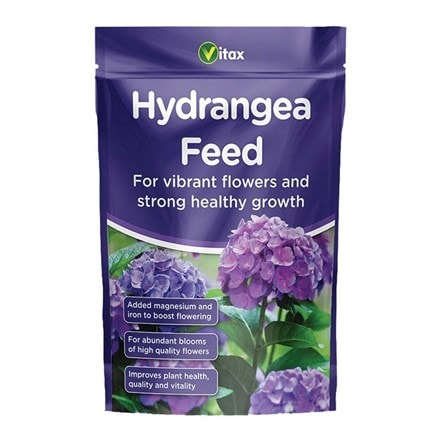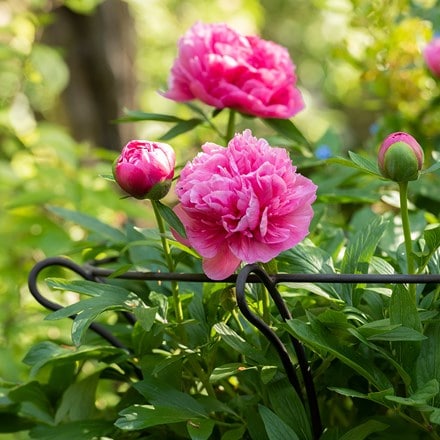Hydrangea arborescens Sweet Annabelle ('Ncha4') (PBR)
sevenbark
- 3 litre pot
- £39.99
- In stock (shipped within 2-3 working days)
Delivery options
- Standard £5.99
- Position: full sun or partial shade
- Soil: moist, well-drained, moderately fertile, humus-rich soil
- Rate of growth: average
- Flowering period: July to September
- Hardiness: fully hardy
The most recent addition to the popular 'Annabelle' series, and just like the others, this one has characteristically strong stems and large flowerheads. The difference, however, is the colour of the flowers. The backs of the petals are a rich shade of raspberry, so when the flowers are just starting to unfurl from bud, the overall impression is of quite a strong pink, however as the upper surface of the petals is paler, the overall colouring is softer when the flowers have opened fully. Over the course of the summer the colour becomes even paler, and eventually the big heads take on a green hue.
The flowers form on both new and old wood, which means that the plant can bloom for a really long period from early summer. This makes Sweet Annabell an invaluable addition to the mixed or shrub border - as well as a large patio pot.
The flowers form on both new and old wood, which means that the plant can bloom for a really long period from early summer. This makes Sweet Annabell an invaluable addition to the mixed or shrub border - as well as a large patio pot.
Choose a spot with partial shade to full sun, though at hotter, sunnier times of the year, partial shade is preferable to protect the blooms and avoid the plant wilting after planting. The soil should be well-drained, rich, and consistently moist, but not waterlogged.
Dig a hole twice the width of the root ball and just as deep, then mix in plenty of organic matter such as compost or well-rotted manure. Place the plant in the hole, backfill with the enriched soil, and water thoroughly. Mulch around the base to retain moisture and keep the roots cool, but keep the mulch away from the stem to prevent rot.
Regular watering is important, especially during dry spells, to ensure the plant establishes well and produces abundant blooms - hydrangeas do not like to dry out. Remove faded flowerheads in spring after the danger of frosts, cutting back the flowered stems to a strong pair of buds. Take out misplaced or diseased shoots.
Once established, remove a quarter to a third of the shoots to the base of the plant.
Dig a hole twice the width of the root ball and just as deep, then mix in plenty of organic matter such as compost or well-rotted manure. Place the plant in the hole, backfill with the enriched soil, and water thoroughly. Mulch around the base to retain moisture and keep the roots cool, but keep the mulch away from the stem to prevent rot.
Regular watering is important, especially during dry spells, to ensure the plant establishes well and produces abundant blooms - hydrangeas do not like to dry out. Remove faded flowerheads in spring after the danger of frosts, cutting back the flowered stems to a strong pair of buds. Take out misplaced or diseased shoots.
Once established, remove a quarter to a third of the shoots to the base of the plant.
- Humans: Skin allergen; Pets: Harmful if eaten
Goes well with
Circular tall border support - rust
W60cm × H120cm
£14.99
In stock (shipped within 2-3 working days)




